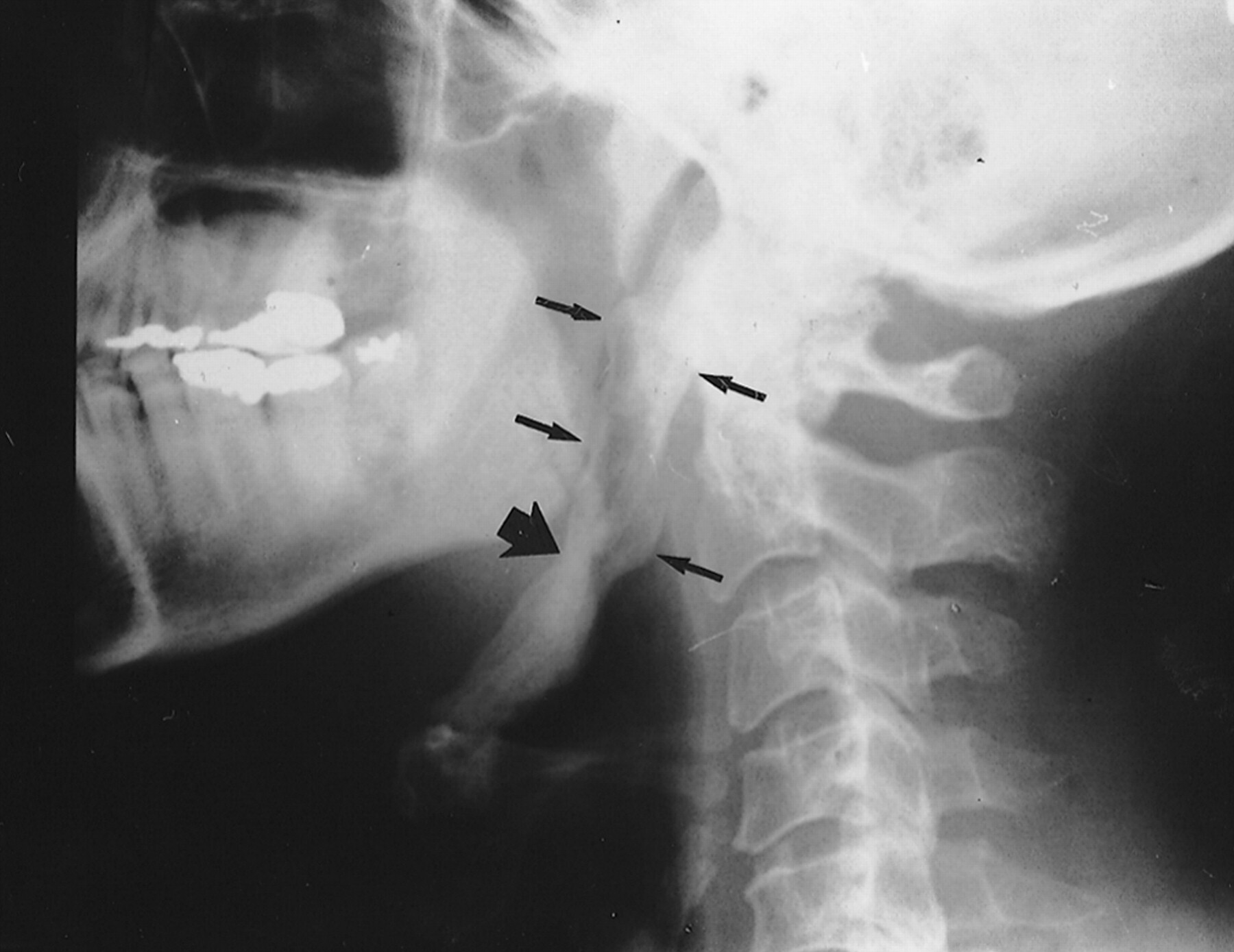
Erdheim–Chester Disease (ECD) is a rare, non-Langerhans cell histiocytosis that can affect multiple organs. Characterized by the excessive production of histiocytes, a type of white blood cell, ECD can lead to tissue and organ damage. Symptoms vary widely depending on which organs are involved, making diagnosis challenging. Commonly affected areas include bones, heart, lungs, and kidneys. First described in 1930, this disease remains poorly understood, with fewer than 1,000 cases reported worldwide. Treatment options are limited but may include chemotherapy, targeted therapy, and surgery. Early diagnosis and intervention are crucial for managing symptoms and improving quality of life. Understanding ECD is essential for patients, caregivers, and healthcare providers alike.
What is Erdheim–Chester Disease?
Erdheim–Chester Disease (ECD) is a rare form of non-Langerhans cell histiocytosis. This disease involves the abnormal multiplication of histiocytes, a type of white blood cell, which can infiltrate various organs and tissues.
- ECD was first described in 1930 by Jakob Erdheim and William Chester.
- It is considered an orphan disease, affecting fewer than 200,000 people in the United States.
- The exact cause of ECD remains unknown, although some cases have been linked to mutations in the BRAF gene.
Symptoms of Erdheim–Chester Disease
Symptoms of ECD can vary widely depending on which organs are affected. Here are some common symptoms associated with this disease.
- Bone pain is a frequent symptom, often affecting the long bones of the legs.
- Cardiovascular issues, such as heart failure or pericarditis, can occur due to histiocyte infiltration.
- Neurological symptoms like headaches, vision problems, and balance issues may arise if the brain is involved.
- Kidney problems, including renal failure, can result from ECD affecting the kidneys.
- Skin manifestations, such as xanthelasma (yellowish deposits around the eyes), are also possible.
Diagnosis of Erdheim–Chester Disease
Diagnosing ECD can be challenging due to its rarity and the variety of symptoms. Here are some methods used to diagnose this condition.
- Imaging studies, such as X-rays, CT scans, and MRIs, can help identify characteristic bone and organ involvement.
- Biopsy of affected tissue is often necessary to confirm the diagnosis.
- Genetic testing may be performed to identify mutations in the BRAF gene or other related genes.
Treatment Options for Erdheim–Chester Disease
Treatment for ECD aims to manage symptoms and slow disease progression. Here are some common treatment approaches.
- Targeted therapies, such as BRAF inhibitors, have shown promise in treating ECD with BRAF mutations.
- Chemotherapy may be used in some cases to reduce histiocyte proliferation.
- Corticosteroids can help manage inflammation and pain associated with ECD.
- Interferon-alpha has been used to treat ECD, although its effectiveness varies.
- Surgery may be necessary to address complications like organ obstruction or severe bone pain.
Prognosis and Life Expectancy
The prognosis for ECD varies depending on the extent of organ involvement and response to treatment. Here are some factors that can influence the outlook for individuals with ECD.
- Early diagnosis and treatment can improve the prognosis for many patients.
- The presence of cardiovascular or neurological involvement can worsen the prognosis.
- Advances in targeted therapies have improved the outlook for some individuals with ECD.
- Regular monitoring and follow-up care are essential to manage the disease and its complications.
Final Thoughts on Erdheim–Chester Disease
Erdheim–Chester Disease (ECD) remains a rare, challenging condition. With only around 500 cases reported worldwide, awareness is crucial. Symptoms vary widely, from bone pain to heart issues, making diagnosis tricky. Early detection can significantly improve outcomes, so staying informed is key.
Treatment options have expanded, including targeted therapies like vemurafenib for those with the BRAF mutation. While there's no cure yet, ongoing research offers hope. Support networks and patient organizations provide valuable resources and community for those affected.
Understanding ECD's complexities helps in managing the disease better. Whether you're a patient, caregiver, or medical professional, knowledge empowers. Keep up with the latest research and connect with others in the ECD community. Every bit of awareness and support makes a difference in the fight against this rare disease. Stay informed, stay connected, and stay hopeful.
Was this page helpful?
Our commitment to delivering trustworthy and engaging content is at the heart of what we do. Each fact on our site is contributed by real users like you, bringing a wealth of diverse insights and information. To ensure the highest standards of accuracy and reliability, our dedicated editors meticulously review each submission. This process guarantees that the facts we share are not only fascinating but also credible. Trust in our commitment to quality and authenticity as you explore and learn with us.


